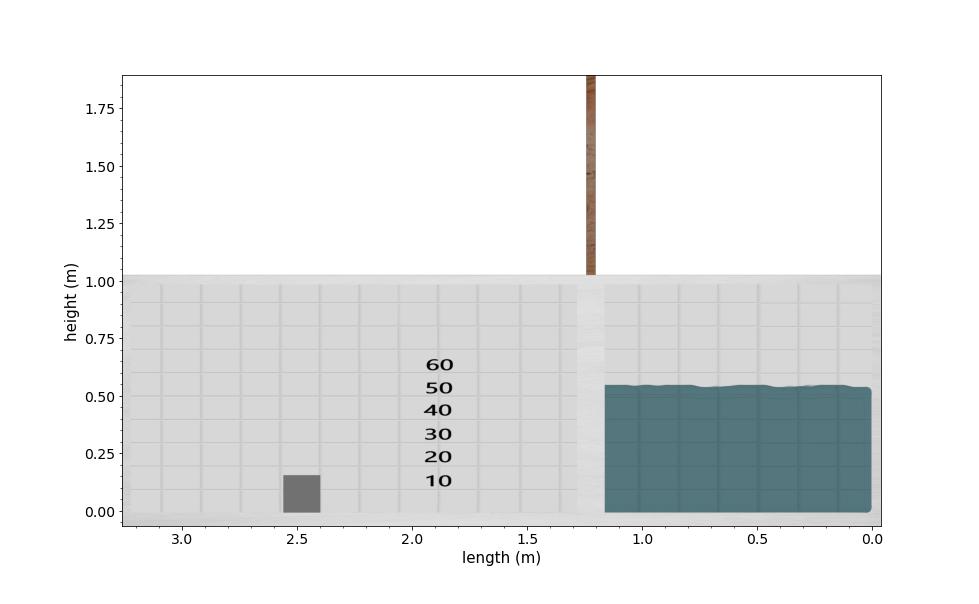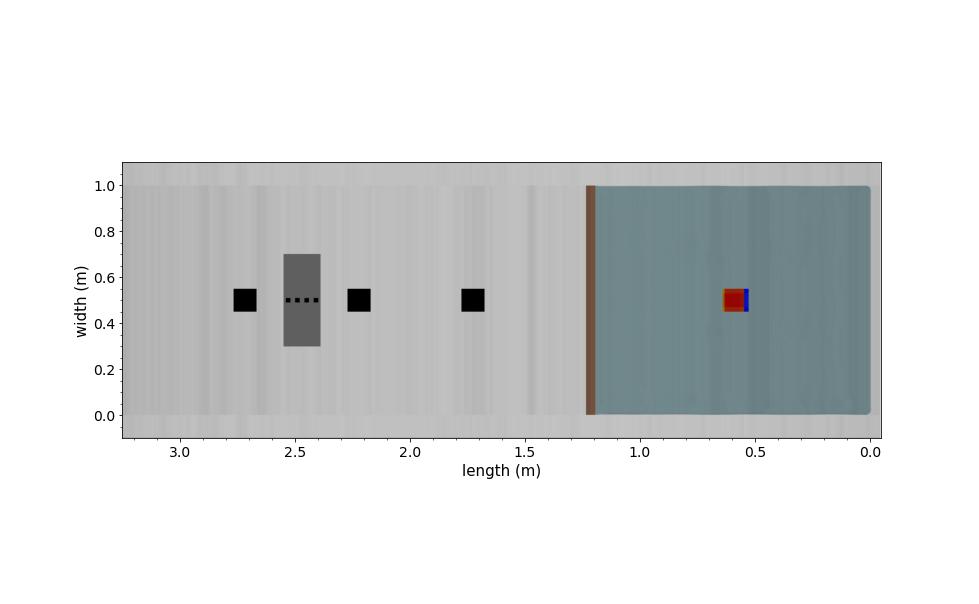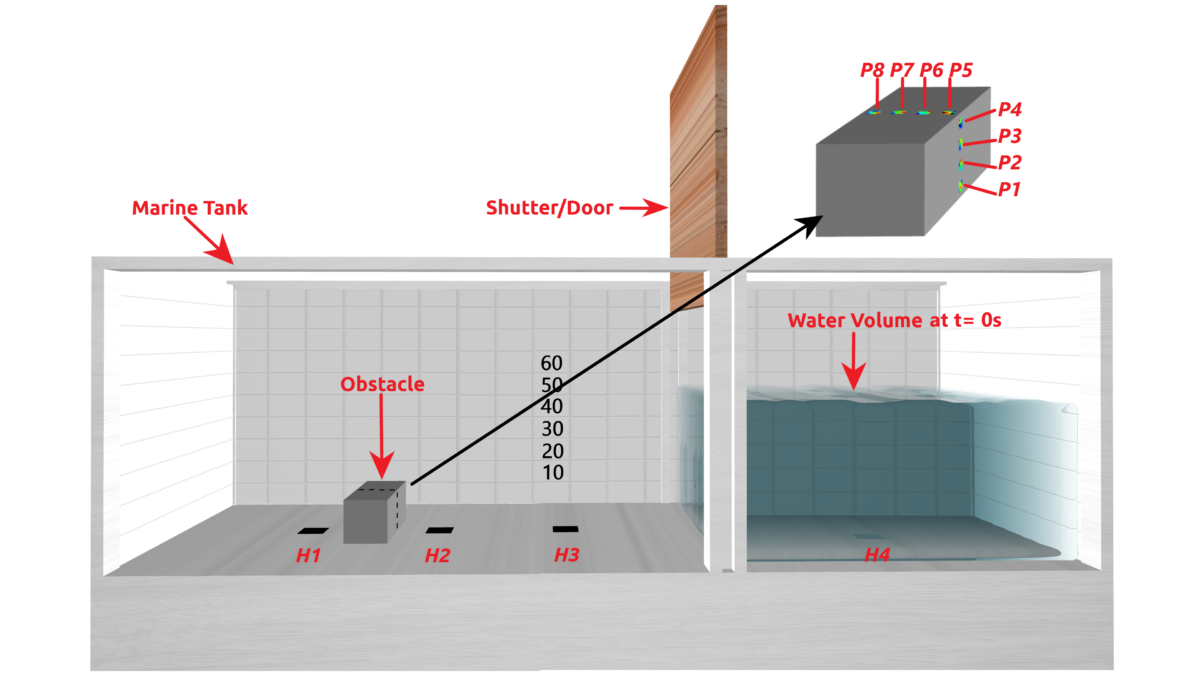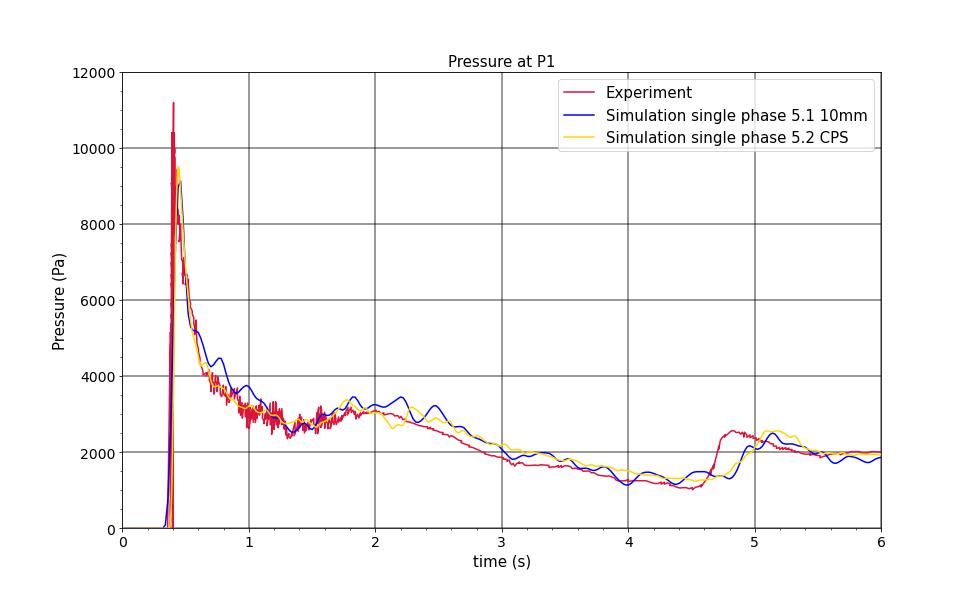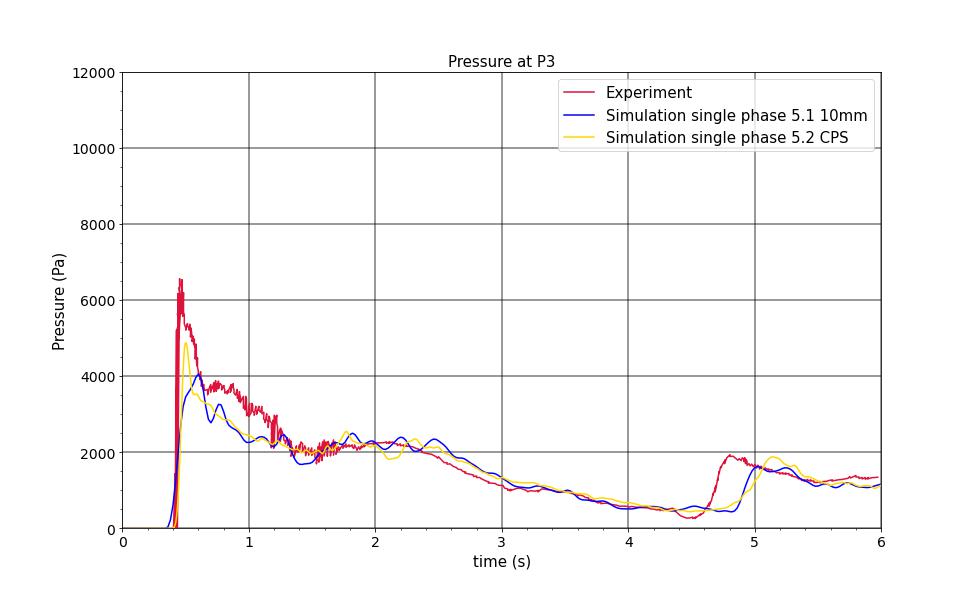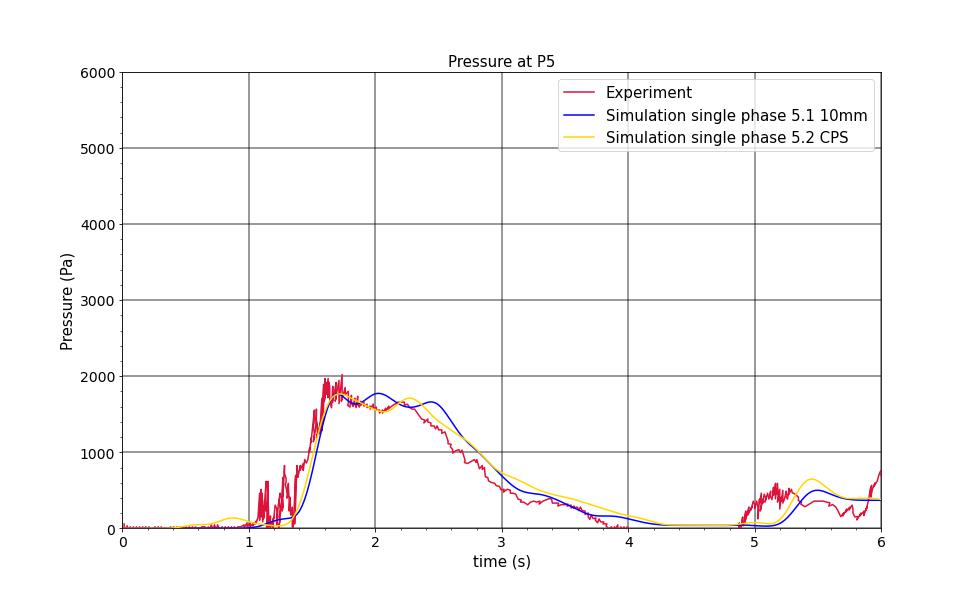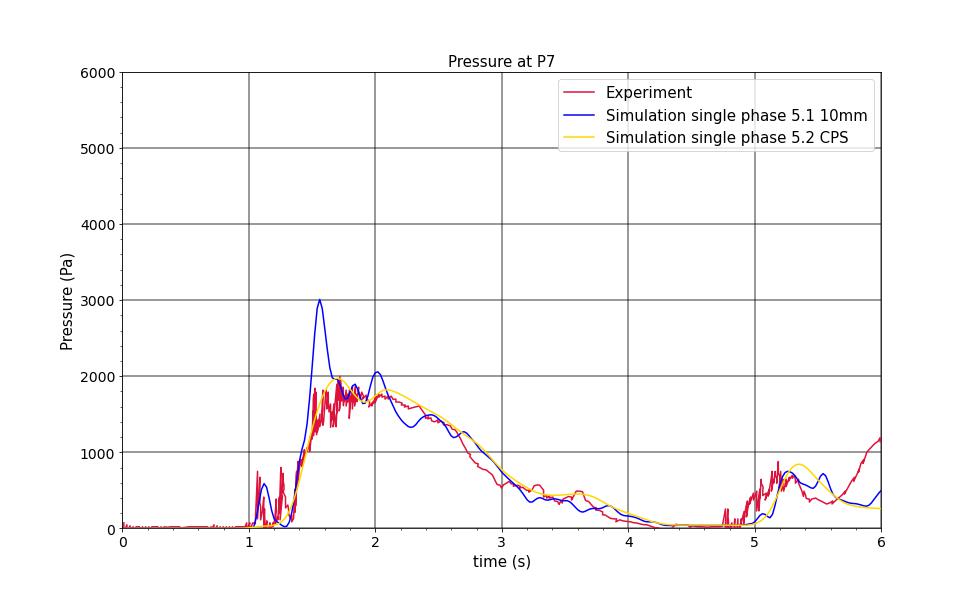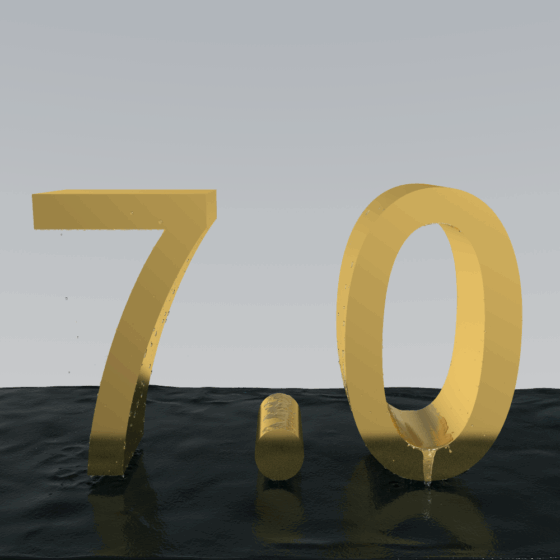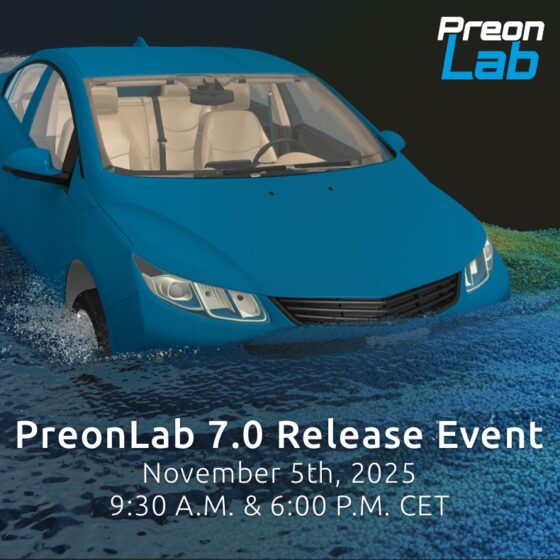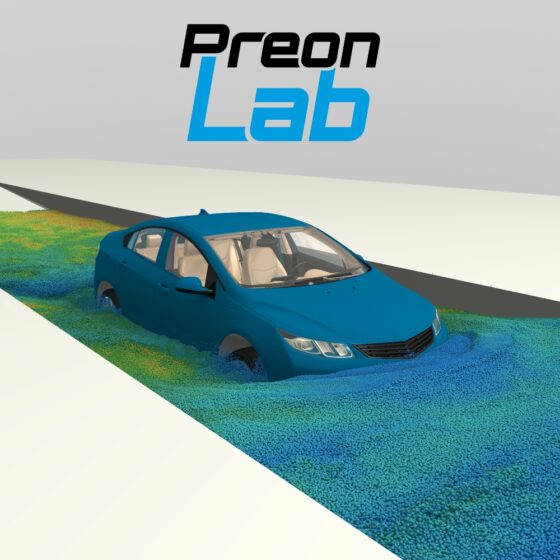Analysis of a 3-D Breaking Dam Flow Using Single Phase Particle-based (SPH) Simulations
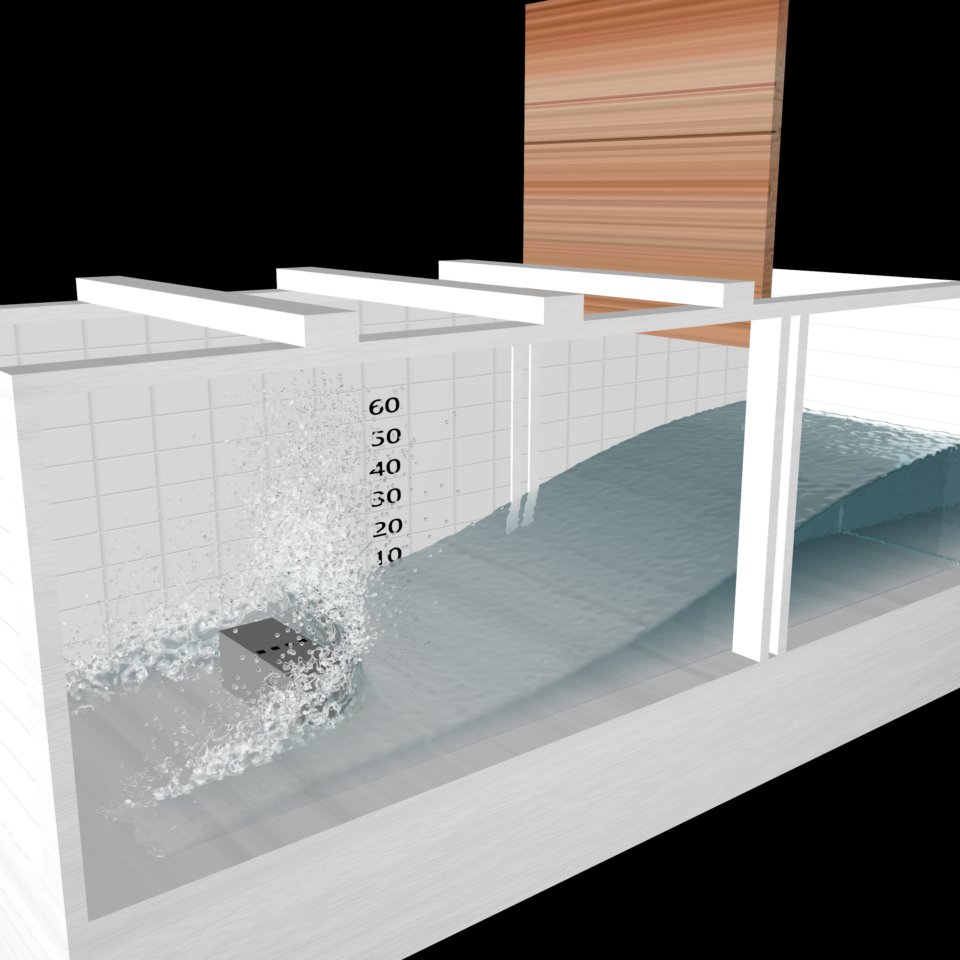
In this article, we look at an application from the maritime industry for a breaking dam flow and the wave impact on an obstacle placed in the flow. Initially, a series of uniform resolution simulations were performed with PreonLab 5.1 to determine the particle size necessary for accurate simulation results.
Subsequently, simulations have also been performed with PreonLab 5.2 to make use of the new Continuous Particle Size (CPS) feature and analyze the benefits this feature provides towards reducing computational effort without compromising on the accuracy of the results.
The simulation results obtained in PreonLab are compared qualitatively and quantitatively with experiment results published in the paper by Kleefsman et.al [1].
The experiments were performed at the Maritime Research Institute Netherlands (MARIN). All the experimental data generated is also available to download from the ERCOFTAC database [2].
